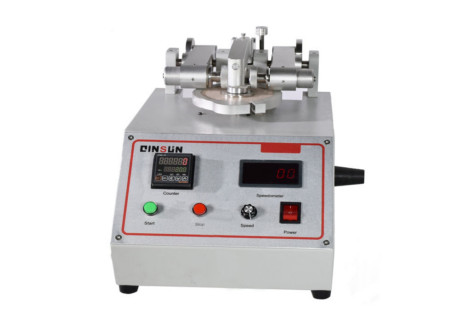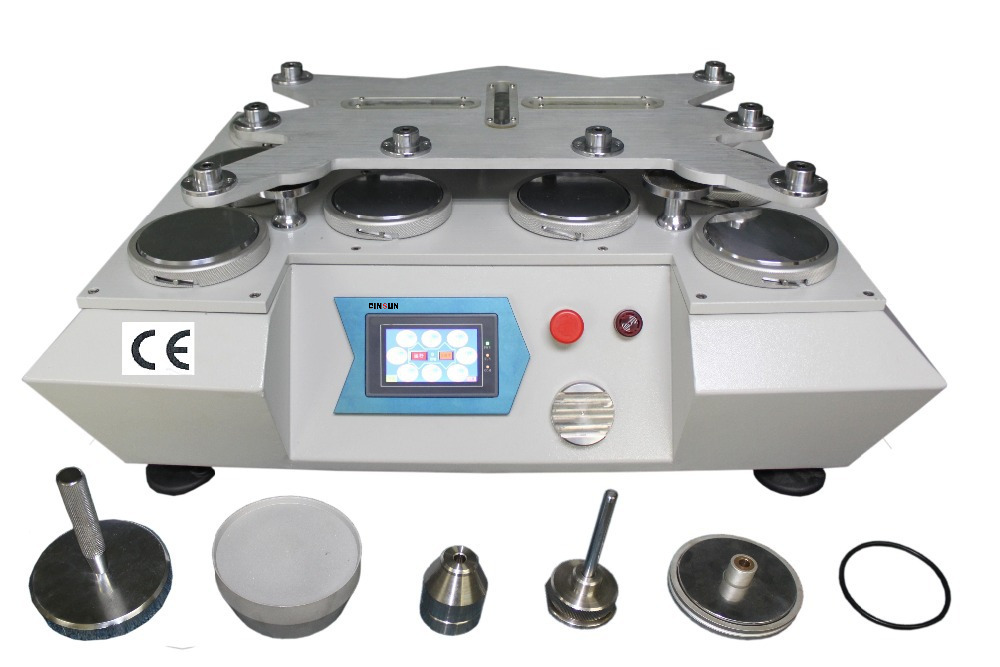- Qinsun Instruments Co., Ltd.
- Tell:+86-21-6780 0179
- Phone:+86-17740808215
- Address:No. 2578 Minhang District Gu Dai Road, Shanghai
- Contact:Mr. Li
- QQ:846490659
What is the difference between Taber and Martindale abrasion?

Taber abrasion and Martindale abrasion are two commonly used test methods to evaluate the abrasion resistance of textiles, materials and fabrics. They have the following differences:

1. Testing principle:
- Taber Abrasion: The Taber Abrasion test uses a Taber Abrasion Instrument in which the sample is placed on a rotating platform and subjected to a rotating abrasion head. Different types of abrasive media (e.g. grinding wheels, abrasive paper, etc.) are placed on the wear head and the sample comes into contact with the abrasive media and is subjected to friction, simulating the real wear process.
- Martindale Wear: Martindale wear testing uses a Martindale wear instrument in which the sample is placed on a circular platform and subjected to a circular wear head. The abrasive head contains a number of abrasive papers or fabrics with which the sample comes into contact and is subjected to friction to simulate the real wear process.
2. Test parameters:
- Taber Wear: Taber wear tests typically report the amount of wear on a sample, i.e., the loss of mass or thickness of the material over a given test cycle. A commonly used metric is the amount of wear (e.g. mg or mm³).
- Martindale Wear: Martindale wear test typically report the durability or wear index of a sample, i.e., the number of times a sample can withstand wear during a given test cycle. A commonly used index is the number of wear cycles.

3. Range of applications:
- Taber Wear: Taber wear testing is applicable to a wide range of materials and products, including metals, plastics, ceramics, coatings and textiles. It is widely used to assess the abrasion resistance of materials, such as the scratch resistance of plastic surfaces or the abrasion resistance of textiles.
- Martindale Abrasion: Martindale abrasion testing is primarily used to assess the abrasion resistance of fabrics and textiles, such as the degree of abrasion resistance, durability and resistance to wear and tear of fabrics. It is commonly used in the textile industry, e.g. to assess the durability of fabrics and the service life of home textiles.
Each of these test methods has its own characteristics, and the appropriate test method can be selected to assess the abrasion resistance of the material according to the specific application and needs.





